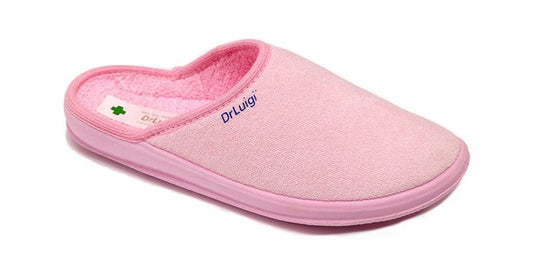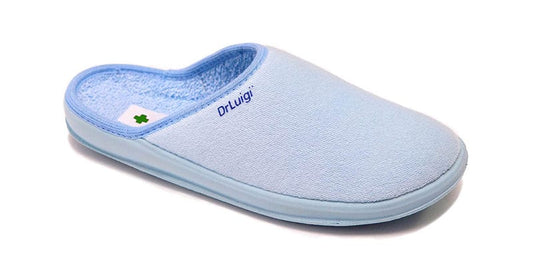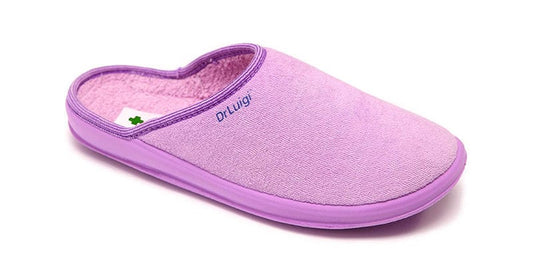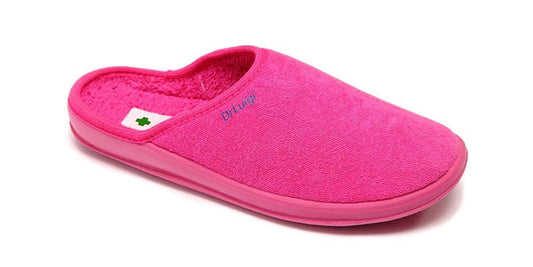Our feet have a lot of muscles and tendons, thus muscle strain is always a
risk. These wounds are sore and rather crippling considering we stand on
them all day.
What Causes This to Occur?
There are many reasons why muscles can stretch or even rip.
Trauma and injury
poor exercise methods (failure to warm up properly, for example)
weak muscles as a result of inactivity
These circumstances put your feet's soft tissues under abnormal pressure,
which causes strained muscles. The tendons that connect the muscle to the
bone are also referred to by this term.
It is made worse by the cold; in fact, this issue occurs more frequently in the
winter. In the cold, muscles become stiffer and more prone to damage.
What Signs Point to a Muscle Strain?
The moment you pull a muscle, you'll know:
● hurt or sensitivity
● edema or redness
● spasms of muscles
● Tightness and restricted motion
● Weakness
Without medical assistance, minor sprains can subside, but you shouldn't
disregard them completely. Minor difficulties can worsen your posture as you
attempt to relieve pressure on the sore location, which will lead to further
concerns.
What Kind of Strain Is It?
There are three different types of muscle strains.
Mild, in Grade 1. Pain and very little to no swelling could not show up until the
day following the incident. Muscle tears are unlikely to exist.
Moderate in Grade 2. Starting with swelling, bruising, and agony. You can also
experience issues with your strength and mobility. This indicates that there are
numerous muscle fiber rips.
Three: severe acute discomfort, bruising, and swelling. You unfortunately
have numerous muscle tears.
Can You Handle This at Home?
For grade 1 (weak) strains, the R.I.C.E. technique might be enough. It is
sensible to utilize it right away for any amount of stress.
REST: For the next 48 hours, give the wound as much rest as you can.
ICE: At least three or four times a day, apply an icepack to the strained
muscle for 10 to 20 minutes at a time. Don't put it on your skin right away.
Cover it with a fresh tea towel. This will reduce swelling and cool the injured
muscle.
COMPRESS: Use an elastic bandage to compress the wounded region.
Additionally, this aids in reducing inflammation; however, make sure it isn't too
tight since this will impede blood flow.
ELEVATE: Support the hurt foot by placing it on a pillow or cushion when
you're sitting or lying down.
In 48 to 72 hours, R.I.C.E. should be sufficient to totally relieve moderate
tensions. You can apply heat to speed up the healing process once (and only
once) the swelling goes down. Ibuprofen and other anti-inflammatory drugs
can also be effective, but always make sure they are safe for you. The
druggist can assist.

It's time to seek professional assistance for situations involving grades 2 or 3,
or if the symptoms continue.
Your doctor should be your first stop if you have persistent severe pain and
swelling since these could be signs of serious rips or fractures. Your podiatrist
can assist with your recuperation once this is under control.
If you suffer from muscle strain, we recommend wearing DrLuigi medical
shoes. Quality medical footwear significantly affects pain relief and prevention
of future complications.





